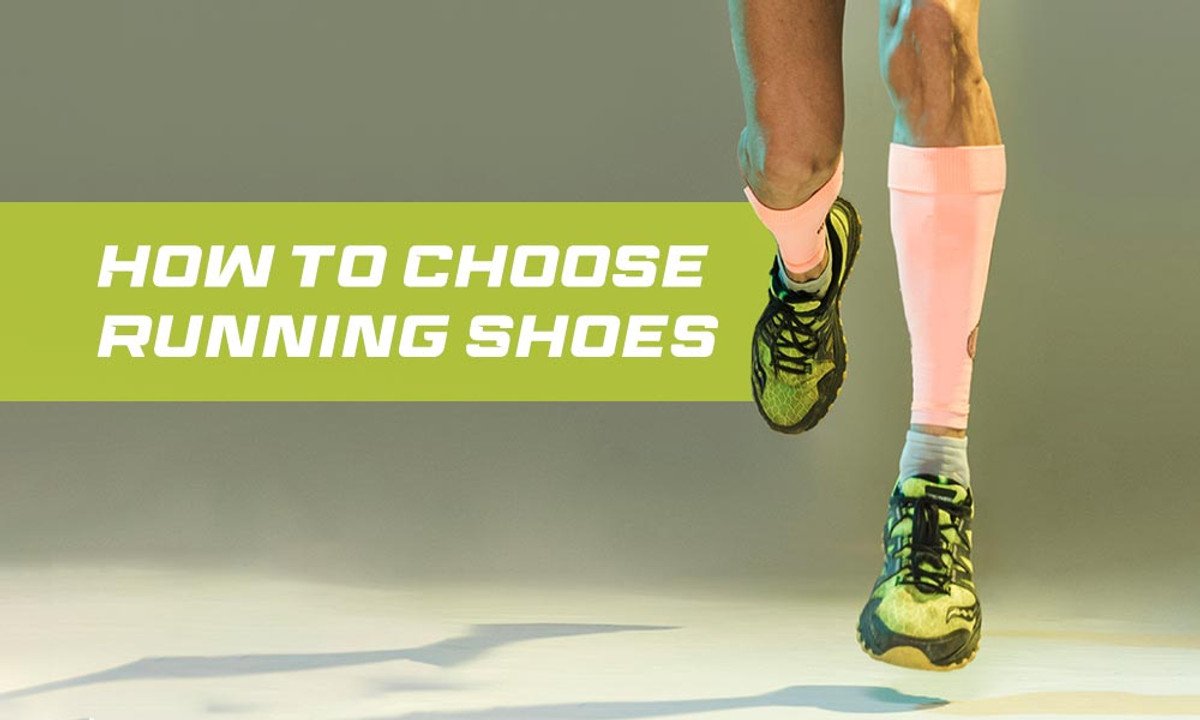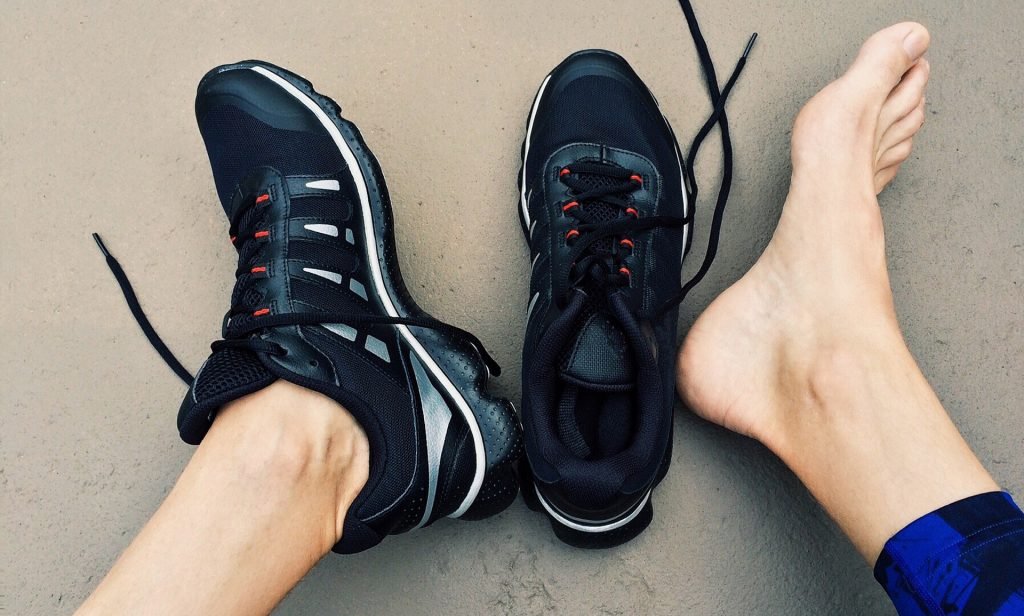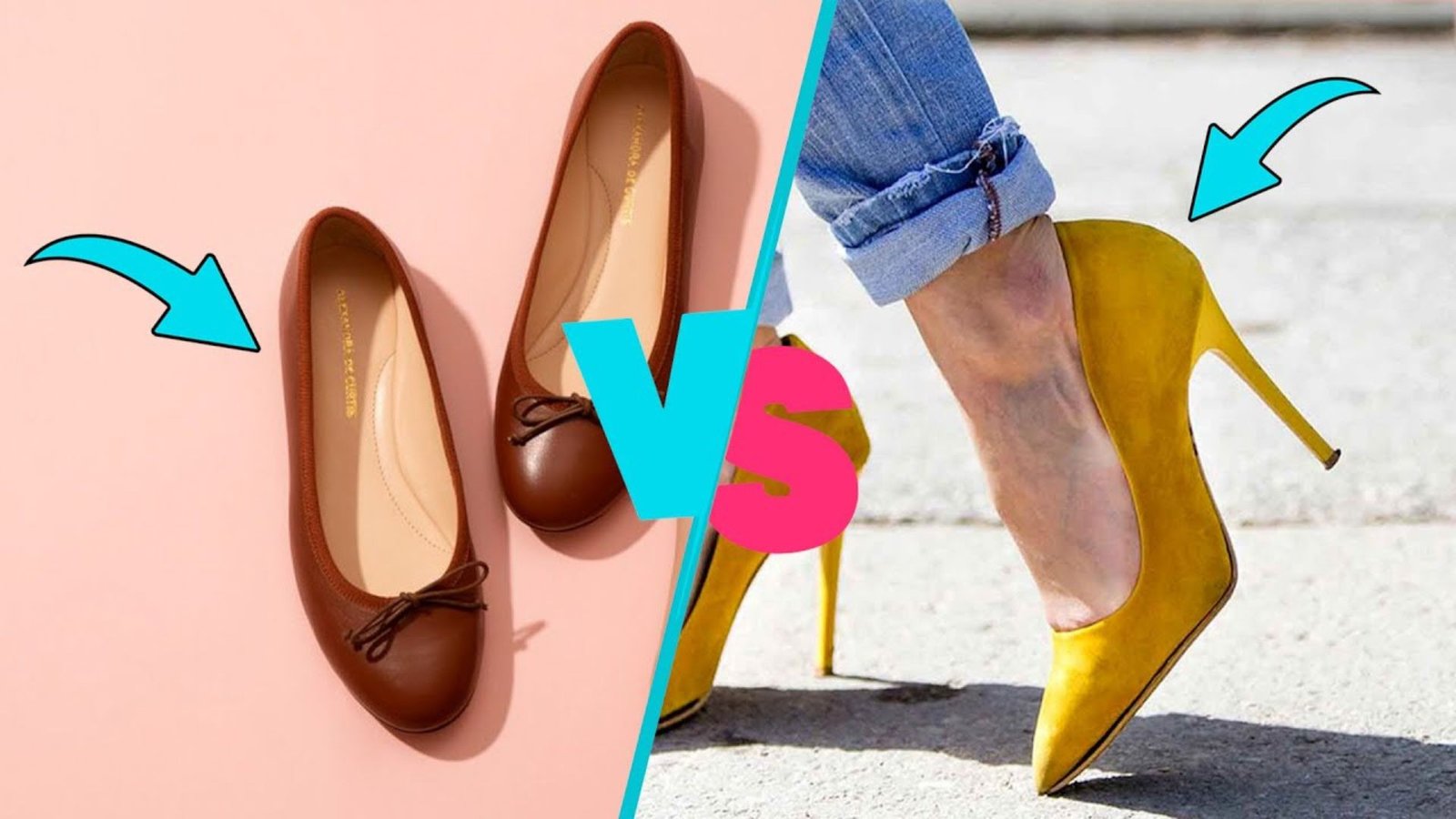Choosing the right running shoes is crucial for both performance and injury prevention. Every runner has a unique foot shape and gait, so understanding your foot type is essential. In this guide, we’ll explore how to identify your foot type and select the perfect running shoes to match.
1. Understanding Your Foot Type
Foot Arch Types
Your foot arch affects how you run and the kind of support you need in shoes. There are three main arch types:
- Flat Feet: Low arches that may cause overpronation (inward rolling of the foot).
- Neutral Arches: Moderate arches that allow for a natural gait.
- High Arches: Elevated arches that may lead to underpronation (outward rolling of the foot).
How to Determine Your Foot Type
To identify your arch type, you can perform a simple wet test:
- Wet Your Foot: Dip your foot in water.
- Make an Imprint: Step onto a piece of paper or cardboard.
- Analyze the Print:
- If you see most of your foot, you likely have flat feet.
- If you see a moderate curve, you have a neutral arch.
- If you see a narrow band, you probably have high arches.
2. Choosing Running Shoes Based on Foot Type
Flat Feet (Overpronators)
- Shoe Features: Look for stability or motion-control shoes that provide extra support and cushioning.
- Recommended Models:
- ASICS Gel-Kayano
- Brooks Adrenaline GTS
- New Balance 860

Neutral Arches
- Shoe Features: Neutral shoes with moderate cushioning and support work best. They should allow for a natural gait.
- Recommended Models:
- Nike Pegasus
- Saucony Ride
- Hoka One One Clifton
High Arches (Underpronators)
- Shoe Features: Choose cushioned shoes that offer shock absorption and flexibility, as these will help mitigate the risk of injury.
- Recommended Models:
- Brooks Ghost
- New Balance Fresh Foam
- Mizuno Wave Rider
3. Additional Considerations
Gait Analysis
Consider getting a gait analysis at a specialized running store. They can observe how you run and recommend shoes tailored to your specific needs.
Try Before You Buy
Always try on running shoes with the socks you intend to wear. Walk or jog around the store to ensure the fit is right and comfortable.
Shoe Size and Fit
Running shoes should have a snug fit without being too tight. Ensure there’s about a thumb’s width of space between your longest toe and the end of the shoe.
Replacement Cycle
Remember that running shoes should typically be replaced every 300 to 500 miles, depending on your running style and shoe type.
4. Conclusion
Selecting the perfect running shoes for your foot type can enhance your running experience and help prevent injuries. By understanding your foot’s arch type and trying on various models, you can find the ideal pair that provides comfort and support. Happy running!




